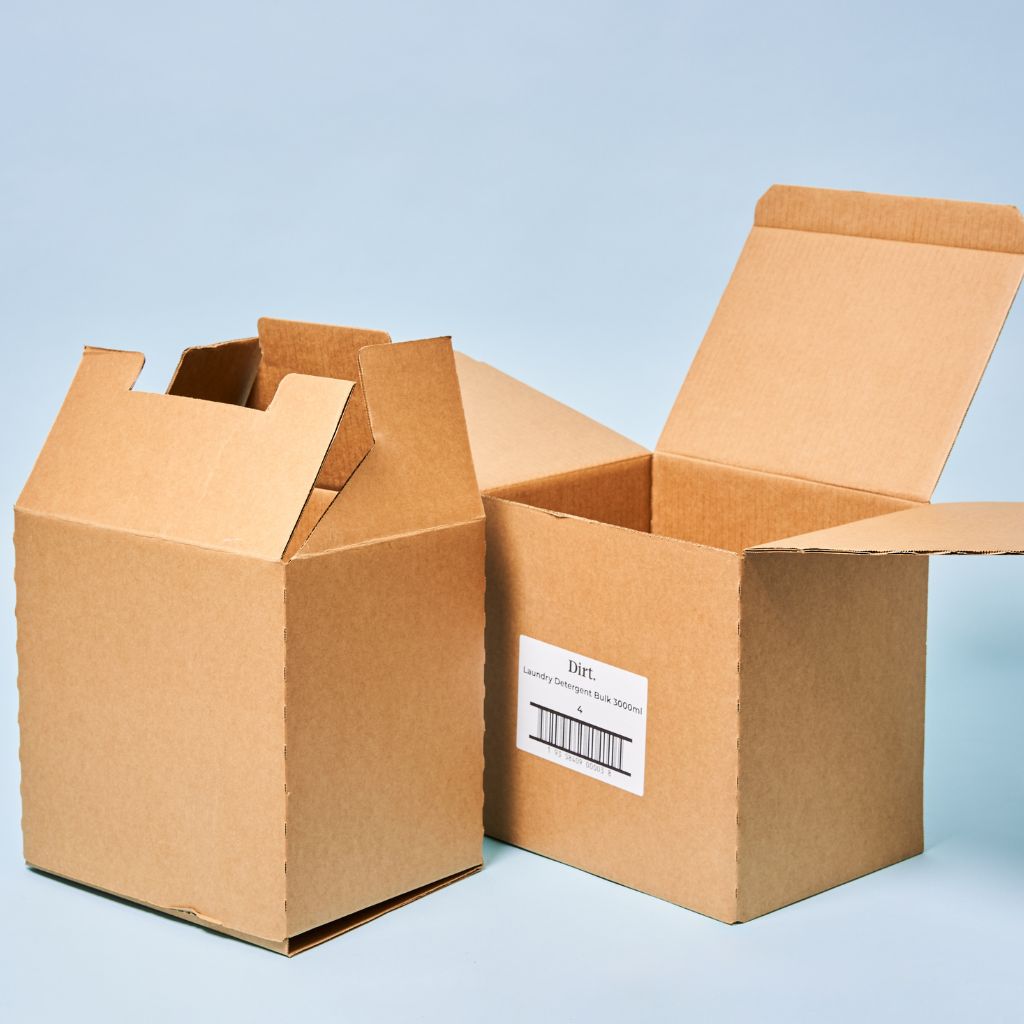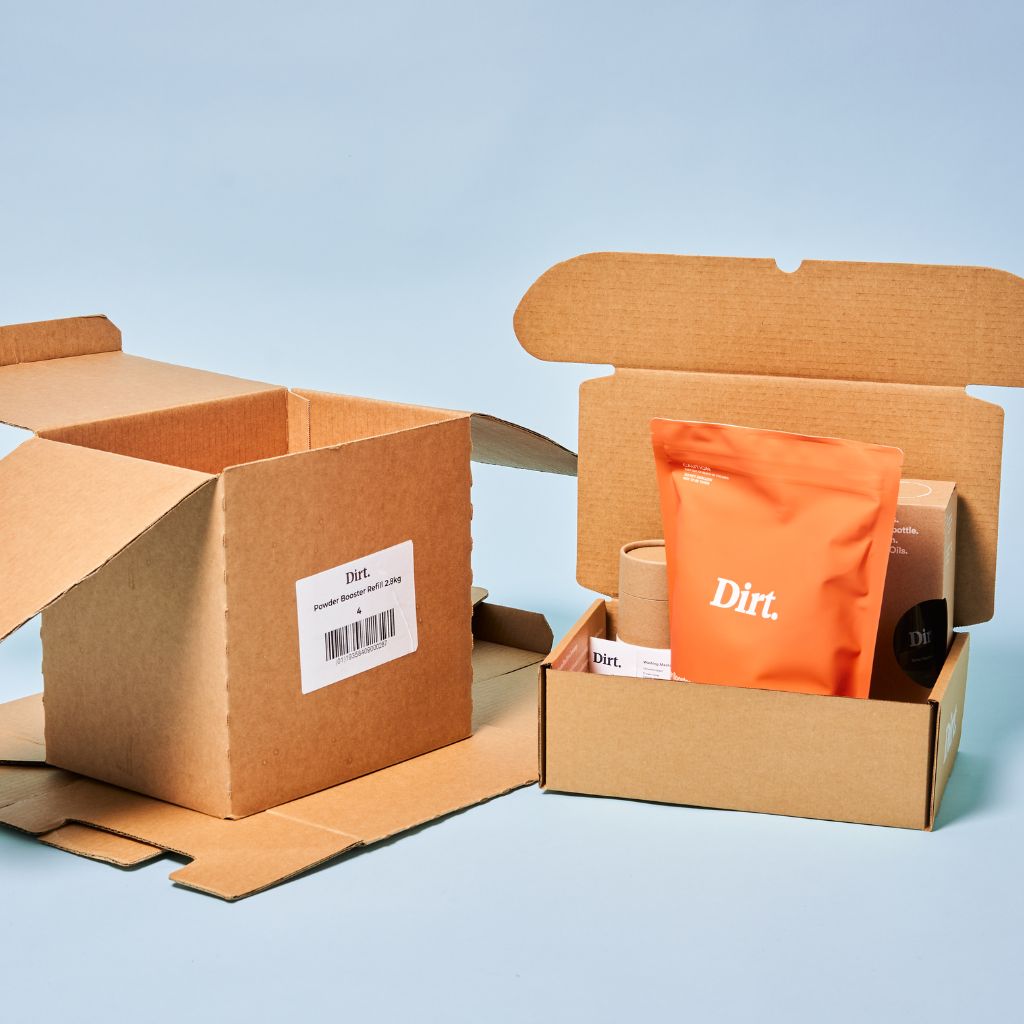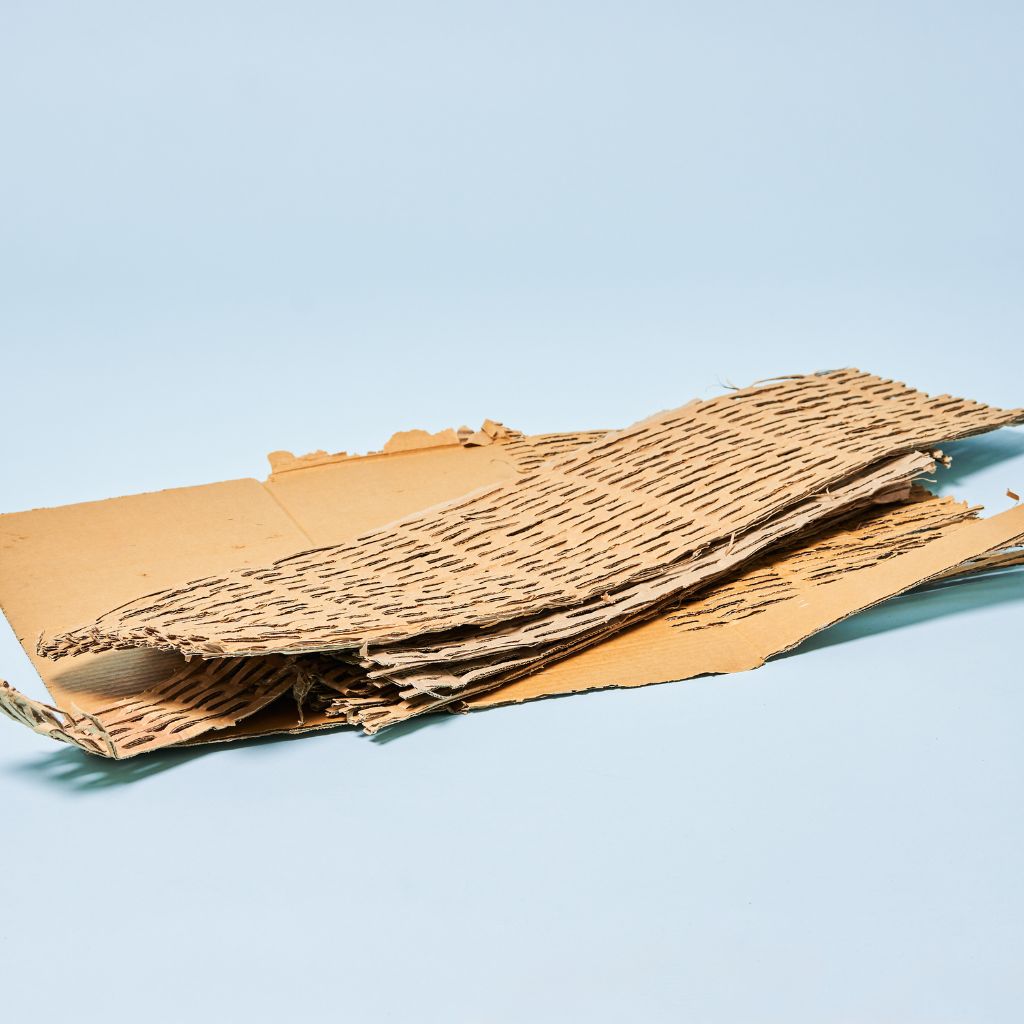How can we be lower impact today, than we were yesterday?
What happens when the product is at home with you, is just a small piece of the 'impact' puzzle. The supply chain as a whole makes the picture.
Getting the supply chain right, is a huge task for all businesses. Typical corporate chatter about it focusses on things like ‘vertical or horizontal integration’, 'creating synergy' and ‘core competencies'.
For us, the question has boiled down to this: where can we be most the environmentally efficient with the least opportunity to create waste.
Because we are absolutely determined to be responsible for ALL our own waste, our business model is a little different to any you’d find in business school.
You're unlikely to notice much of a difference when looking at the first half of our supply chain. But from the point where our product is manufactured into 1000L IBCs in a factory 20km away, our entire supply chain is in-house.
This change has allowed us to reduce the number of times a product is transported, packed and repacked, which eliminates so much waste. The cardboard story below illustrates just how impactful this can be.
And if you've read this far, you probably already know it is our intention to tighten up the gaps we can still see in the future.
GOAL 1:
Bring our manufacturing in-house (to further reduce carbon emissions in transportation, plastic waste in production, and cardboard waste) by 2026.
GOAL 2:
Completely electrify factory & delivery vehicles by 2027.
These, we see as the most sustainably productive ways we can keep our impact low across the entire supply chain. An improvement on something we consider to already be a very responsible supply chain setup.
Cardboard waste isn’t typically something to be excited about, but we are extremely proud of what we have managed to do with a little bit of innovative thinking.
When we first moved into our current factory we filled a large cardboard recycling skip twice per week. This was with product packaging waste, production waste, and picking / dispatch waste.
We made a couple of changes, and have managed to take our cardboard recycling waste down to a small bin every fortnight.
In everyday terms, this is a reduction from 16 wheelie bins, to 4 bins worth of cardboard to be recycled in a week.
Here’s how we’ve done it.
The Move To Tapeless Boxes
Most cardboard boxes have to be taped up. Each time you pull off old tape, you’re wearing down the integrity of the cardboard underneath - damaging the box beyond use after a few uses.
Removing tape, has meant we can keep our boxes in circulation for much much longer.
The Tapeless Box in Production and Dispatch
You can’t avoid boxing up products in production. This is because when they are distributed, either to a supermarket or fulfillment house, they must be in a box that can be reasonably handled by humans.
These boxes are usually called shelf-cartons - which are boxed in ‘outer-boxes’.
Because we do it all direct, we’ve eliminated this step - opting instead to use our tapeless boxes.
The Shredder (Goes by Shreddie)
If we can no longer use our tapeless box because it is ripped or damaged - we shred it, and use it as padding inside our boxes.
We also shred all the boxes that any other warehouse goods come in, so that the only thing that makes it into the cardboard bin is truly waste we can no longer use because it is too damaged, small, or wet.








